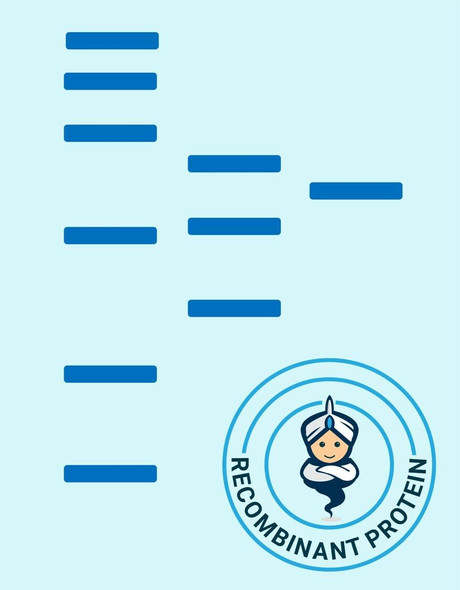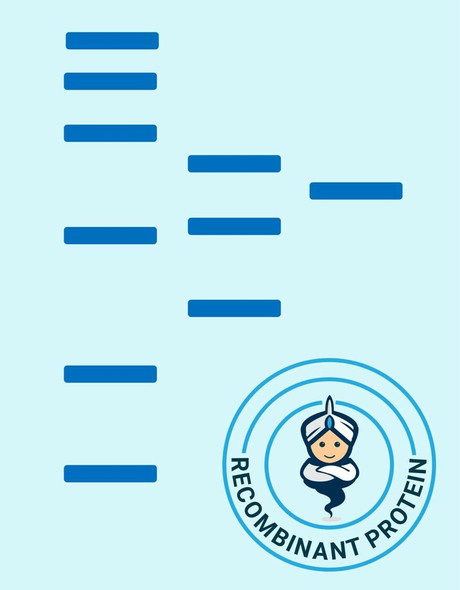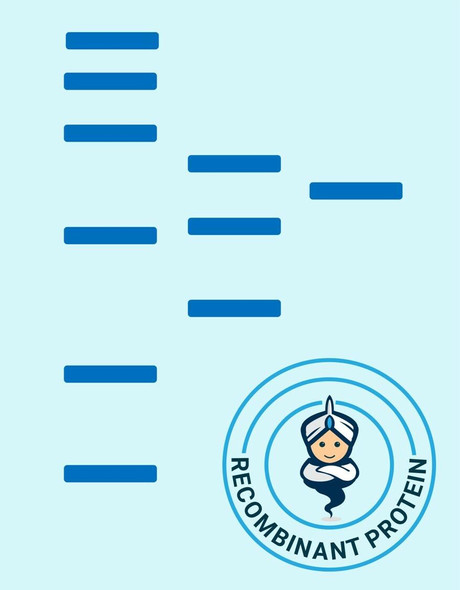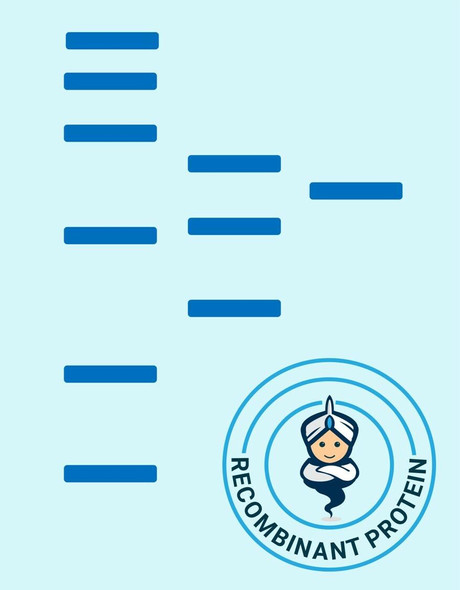Microbiology Recombinant Proteins
B.Microti IRA Recombinant Protein (RPPB2837)
- SKU:
- RPPB2837
- Product Type:
- Recombinant Protein
- Species:
- Babesia microti
- Research Area:
- Microbiology
Description
| Product Name: | B.Microti IRA Recombinant Protein |
| Product Code: | RPPB2837 |
| Size: | 100µg |
| Species: | B.Microti |
| Target: | IRA |
| Source: | Sf9 Insect cells |
| Physical Appearance: | Sterile Filtered clear solution. |
| Formulation: | B.Microti IRA is supplied in 20mM HEPES buffer pH-7.6, 250mM NaCl and 20% glycerol. |
| Stability: | Store at 4°C if entire vial will be used within 2-4 weeks. Store, frozen at -20°C for longer periods of time. Avoid multiple freeze-thaw cycles. |
| Purity: | Greater than 80.0% as determined by SDS-PAGE. |
Babesiosis is a disease caused by apicomplexan parasites of the Babesia genus. The Babesia microti life cycle involves 2 hosts, which include a rodent, mainly the white-footed mouse (Peromyscus leucopus) and a tick in the Ixodes genus. During a blood meal, a Babesia-infected tick introduces sporozoites into the mouse host. Sporozoites pass into the erythrocytes and undergo asexual reproduction (budding). In the blood, some parasites differentiate into male and female gametes, though these cannot be distinguished by light microscopy. The definitive host is the tick. Once ingested by an proper tick, gametes unite and undergo a sporogonic cycle resulting in sporozoites. Transovarial transmission (aka vertical or hereditary transmission) has been detected for "large" Babesia species but not for the "small" Babesia, such as B. microti. Humans enter the cycle when bitten by the infected ticks. Thus during a blood meal, a Babesia-infected tick introduces sporozoites into the human host. Sporozoites then enter erythrocytes and undergo asexual replication (budding). Multiplication of the blood-stage parasites is responsible for the clinical manifestations of the disease. Humans typically are dead-end hosts. However, human-to-human transmission is well acknowledged to occur via contaminated blood transfusions.
Recombinant Babesia Microti IRA produced in SF9 is a glycosylated, polypeptide chain having a calculated molecular mass of 77,554 Dalton. B.Microti IRA is expressed with a 10xHis tag at N-terminus and purified by proprietary chromatographic techniques.






